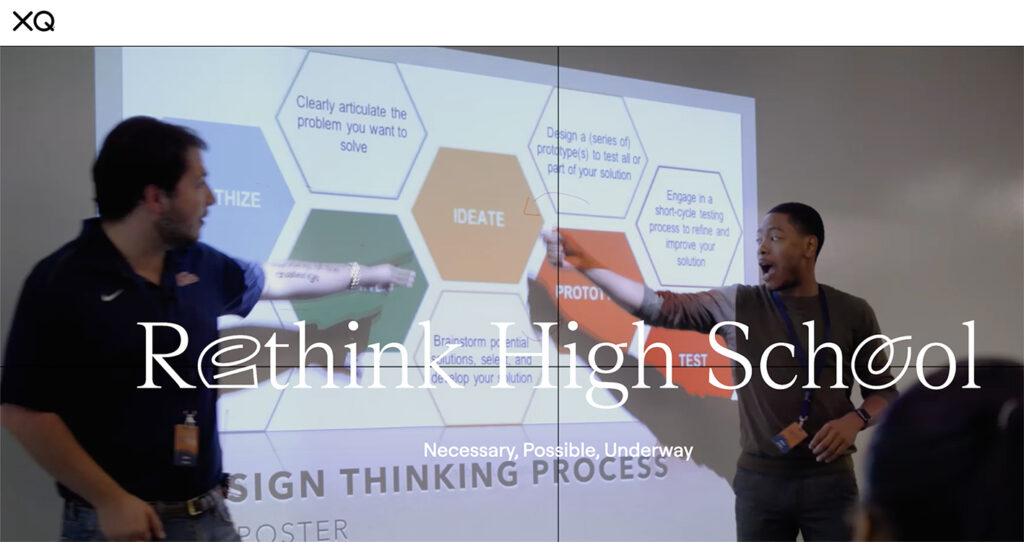Students at This High School Do Internships. It’s a Game Changer — from edweek.org by Elizabeth Heubeck
Disengaged students. Sky-high absenteeism. A disconnect between the typical high school’s academic curriculum and post-graduation life.
These and related complaints about the American high school experience have been gathering steam for some time; the pandemic exacerbated them. State-level policymakers have taken note, and many are now trying to figure out how to give high school students access to a more relevant and engaging experience that prepares them for a future—whether it involves college or doesn’t.
…
After a slow start, the school’s internship program has grown exponentially. In 2019-20, just five students completed internships, mainly due to the logistical challenges the pandemic presented. This past year, it grew to over 180 participating seniors, with more than 200 community organizations agreeing to accept interns.
How Do Today’s High Schoolers Fare As They Enter Adulthood? View the Data — from edweek.org by Sarah D. Sparks
Even when students have access to high-quality dual-credit programs, they often do not get guidance about the academic and workplace requirements of particular fields until it’s too late, said Julie Lammers, the senior vice president of advocacy and corporate social responsibility for American Student Assistance, a national nonprofit focused on helping young people learn about college and careers.
“We need to start having career conversations with young people much earlier in their trajectory, at the time young people are still open to possibilities,” Lammers said. “If they don’t see themselves in science by 8th grade, STEM careers come off the table.”
Cost plays a big role in the decision to attend and stay in college. The Education Data Initiative finds that on average, students in 2024 racked up nearly$38,000 in debt to pursue a bachelor’s degree, with many expecting to take up to 20 years to pay it off.
Transforming Education From School-Centered to Learner-Centered
Centering Learners by Design: Shaping the Future of Education — from gettingsmart.com
What outcomes do we truly desire for young people? Many students feel that their current educational experiences do not prepare them adequately for real-world challenges. Supported by data on attendance, disengagement, and stress, it’s evident that a shift is needed. To move beyond outdated school-centered models, we must embrace a learner-centered paradigm that fosters flexibility, personalization, and authentic community engagement. Innovative approaches like multiage microschools and passion projects are transforming how students learn by fostering real-world skills, confidence, and community engagement.
These learner-centered models—ranging from personalized projects to collaborative problem-solving—provide actionable strategies to create environments where every student can thrive. Schools are moving away from one-size-fits-all systems and embracing approaches like flexible learning pathways, mentorship opportunities, and community-integrated learning. These strategies are not only closing the gap between education and the skills needed for the future but also reshaping public schools into dynamic hubs of innovation.
-
Engaging parents, youth, teachers, principals, district leaders, community members, and industry experts in the co-design process ensures that education systems align with the aspirations and needs of the community.
-
Transitioning from a traditional school-centered model to a learner-centered approach is critical for preparing students with the skills needed to thrive in the 21st century.

















